
AI Is Reshaping Jobs — and That Could Hit You Hard
As artificial intelligence continues to evolve, its impact on the job market is growing more profound each day. In this article, we will explore how AI technologies like GPT-5 are transforming various industries, the potential risks for workers, and actionable steps to navigate this changing landscape. From automation to the creation of new job roles, we will offer insights that every professional should be aware of to remain competitive in the era of AI.
Dev Orbit
July 15, 2025
Introduction
Artificial intelligence is no longer a distant reality; it is actively reshaping our workplaces and job functions. Every day, tools powered by AI are becoming more embedded in our workflows, from customer service chatbots to complex data analysis systems. With the advent of models like GPT-5, much of the work previously relegated to humans is now on the chopping block, raising concerns about job displacement. This article aims to delve into the surge of AI in the job sector, offering a comprehensive overview of its implications while equipping readers with strategies to thrive amidst these changes. Brace yourself—the AI revolution is here, and it could hit you harder than you expect.
The Rise of AI: A Double-Edged Sword
As AI technologies become more prevalent, their ability to perform routine tasks has the potential to displace a multitude of jobs. While automation has historically caused job losses, it has also led to the emergence of new roles, creating a complex landscape for workers. According to the World Economic Forum, it is estimated that by 2025, 85 million jobs may be displaced, but the same report suggests that 97 million new roles could be created. The difference lies in the nature of the jobs impacted.
Automation of Routine Tasks: Jobs in sectors like manufacturing, data entry, and even certain aspects of customer service are already being replaced by AI solutions.
Creation of Specialized Roles: AI is generating demand for skilled professionals who can develop, implement, and maintain these advanced technologies.
Interdisciplinary Opportunities: New fields are emerging that blend AI capabilities with various industries, creating hybrid roles that require both technical and domain expertise.
For instance, a manufacturing technician might need to evolve into an AI systems operator, becoming proficient in monitoring and optimizing AI processes. The need for training and skill development is paramount, as traditional job roles are continuously transforming.
Impact Across Industries
From healthcare to finance, AI is infiltrating numerous sectors, affecting job functions in distinct ways. For instance:
Healthcare: AI is revolutionizing diagnostics and patient care, streamlining administrative tasks. However, roles like medical coders and administrative clerks face heightened risks of automation.
Finance: AI algorithms are performing analytical tasks that once required human intervention. Investment analysts could see their roles shift from data analysis to strategy formulation and interpretation.
Education: Online learning platforms and AI-driven tutoring systems offer personalized learning experiences. Instructors may adapt their roles to focus more on mentoring and less on traditional lecturing.
One notable example comes from the finance sector, where firms like Goldman Sachs announced plans to use AI to automate administrative tasks, potentially reducing operational costs while impacting thousands of jobs. Ethical concerns also arise as AI algorithms sometimes perpetuate biases previously unrecognized in human decision-making processes.
Navigating Job Displacement: Reskilling and Upskilling
Given the undeniable shifts in job structures due to AI, reskilling and upskilling are no longer optional. Workers must proactively seek opportunities to learn new skills that align with the evolving job market. Here are several strategies you might consider:
Embrace Continuous Learning: Engaging in online courses, workshops, or certifications will not only keep your skillset relevant but will also position you as a lifelong learner.
Focus on Soft Skills: While technical skills are essential, interpersonal skills, creativity, and emotional intelligence remain irreplaceable aspects of human interaction.
Networking: Building professional relationships can provide insights into opportunities for advancement and changes in your field. Online and offline networking should be a consistent effort.
Consider the case of a marketing professional who embraces AI tools for data analysis and customer insights. By integrating their creative skills with technological proficiency, they position themselves as indispensable assets in their organizations. Organizations like LinkedIn have emphasized the demand for skills in data analysis and AI understanding, making these traits highly sought after.
The Human-AI Collaboration: Shifting Mindsets
As AI integration becomes a part of our daily routines, the notion of human-AI collaboration will be crucial. Rather than viewing AI as a direct competitor, employers and employees alike should embrace the idea that AI can augment human capability.
Enhanced Productivity: Tools like GPT-5 can handle mundane tasks, allowing professionals to focus on higher-level strategic planning and creative problem-solving.
Improved Decision-Making: AI's data-driven insights can decrease the margin of error in decision-making, providing a strong foundation for growth and risk management.
Innovative Solutions: Collaborative efforts between AI tools and humans foster new avenues for creativity and innovation, leading to groundbreaking developments in tech and other spheres.
For example, in the realm of content creation, writers are increasingly using tools like GPT-5 to enhance their output. By combining their narrative craft with AI's vast knowledge, they can produce higher-quality and more impactful content, showcasing a winning collaboration rather than an adversarial relationship.
The Future Landscape of Employment
Looking ahead, the interactions between AI and employment will continue to evolve. Here are several predictions to consider:
Emergence of New Job Categories: We may see the rise of roles such as AI ethicists or algorithm trainers, reflecting the need for human oversight and governance of AI systems.
Increased Demand for Tech Savvy Workers: Regardless of the industry, technological competence will likely become a core competency for various roles, necessitating foundational knowledge of AI.
Creating Hybrid Roles: As industries integrate AI deeper into their operations, hybrid roles combining technical and domain-specific expertise will become more prevalent.
To ensure a sustainable future, collaboration between educational institutions, employers, and workers will be critical. Preparing future generations for this transition through curricula and training programs will allow a smoother transition into this new landscape.
Bonus/Advanced Tips
As we explore the new dimensions of work influenced by AI, here are advanced strategies for professionals looking to stay ahead:
Leverage AI Tools: Adopt AI-driven tools relevant to your industry to improve efficiency and effectiveness in your work processes. Get hands-on experience to enhance your skillset.
Stay Updated: The AI landscape is evolving at an unprecedented rate. Regularly follow AI publications, webinars, and industry reports to maintain knowledge of the latest developments.
Invest in Diverse Skill Sets: Consider cross-training in complementary fields. For example, software engineers learning about UX design can create more user-friendly products, giving them a competitive edge.
Moreover, always be ready to seek feedback on your performance with AI tools. Continuous feedback loops can reveal improvement areas, ensuring you’re always evolving with the technology.
Conclusion
As we move deeper into the age of artificial intelligence, it's crucial to understand its impact on jobs and the workforce. The transition may be challenging, but by embracing change, upskilling, and fostering human-AI collaboration, we can navigate this new terrain effectively. The opportunities ahead are significant, with AI creating new roles while redefining existing ones. Be proactive, stay informed, and be ready to leverage these technologies to your advantage. Don't forget to share your thoughts, insights, or experiences regarding the AI-driven job market in the comments below!

Enjoyed this article?
Subscribe to our newsletter and never miss out on new articles and updates.
More from Dev Orbit

GitHub Copilot vs Tabnine (2025): Which AI Assistant is Best?
AI coding assistants are no longer futuristic experiments—they’re becoming essential tools in the modern developer’s workflow. In this review, we’ll compare GitHub Copilot and Tabnine head-to-head in 2025, exploring how each performs in real-world backend coding tasks. From productivity gains to code quality, we’ll answer the burning question: Which AI assistant should you trust with your code?

10 Powerful Tips for Efficient Database Management: SQL and NoSQL Integration in Node.js
Streamline your Node.js backend by mastering the integration of SQL and NoSQL databases—these 10 practical tips will help you write cleaner, faster and more scalable data operations.
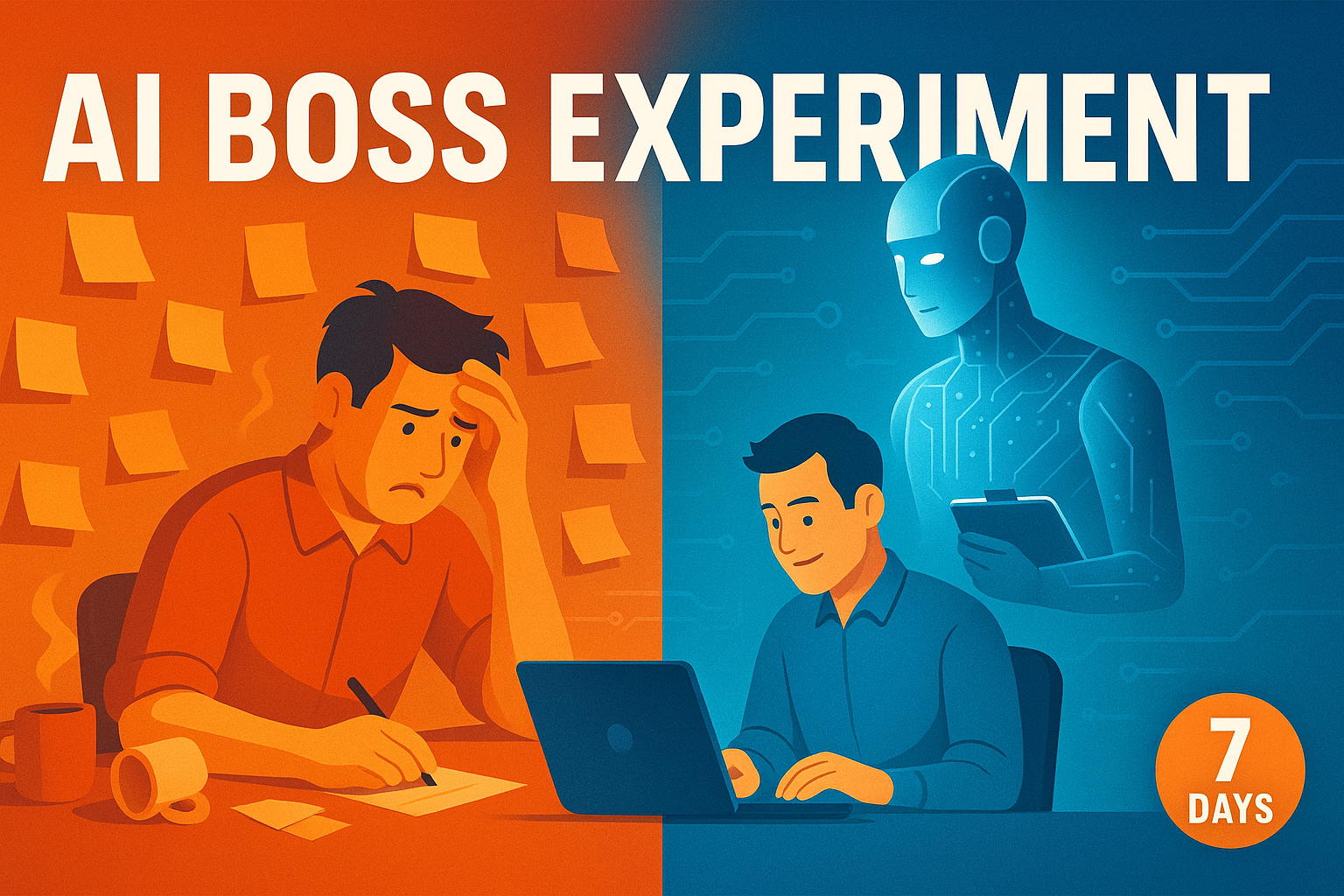
I Replaced My To-Do List With an AI Boss — Here’s the Ruthless Truth About My Productivity
In an age where time is a precious commodity, productivity hacks abound but often lead to more confusion than clarity. What if you could replace your cumbersome to-do list with an AI assistant that not only organizes your tasks but also learns from your habits? Enter GPT-5 — an AI that transforms how we approach our daily workloads. In this article, I’ll share my journey of swapping a traditional to-do list for an AI-driven system, detailing the profound impact on my productivity.
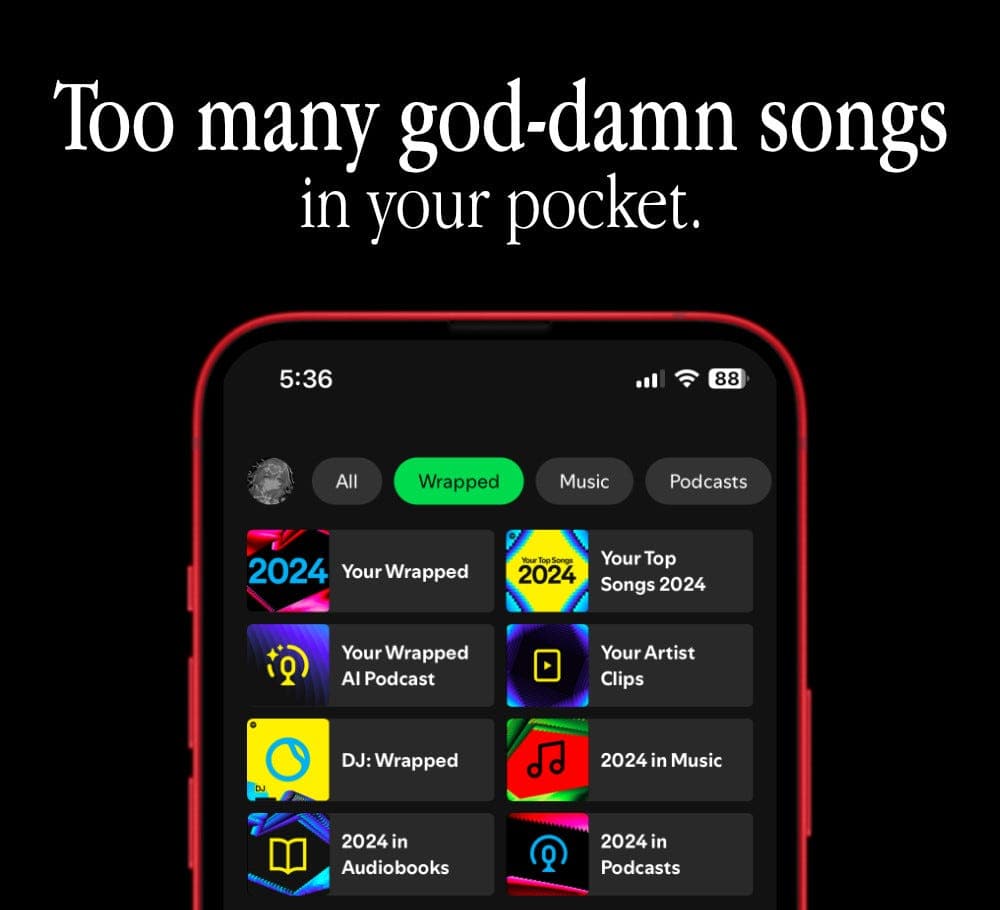
Spotify Wrapped Is Everything Wrong With The Music Industry
Every year, millions of Spotify users eagerly anticipate their Spotify Wrapped, revealing their most-listened-to songs, artists and genres. While this personalized year-in-review feature garners excitement, it also highlights critical flaws in the contemporary music industry. In this article, we explore how Spotify Wrapped serves as a microcosm of larger issues affecting artists, listeners and the industry's overall ecosystem.

Are AIs Becoming the New Clickbait?
In a world where online attention is gold, the battle for clicks has transformed dramatically. As artificial intelligence continues to evolve, questions arise about its influence on content creation and management. Are AIs just the modern-day clickbait artists, crafting headlines that lure us in without delivering genuine value? In this article, we delve into the fascinating relationship between AI and clickbait, exploring how advanced technologies like GPT-5 shape engagement strategies, redefine digital marketing, and what it means for consumers and content creators alike.

🚀 Mastering Python Automation in 2025: Deep Insights, Real-World Use Cases & Secure Best Practices
Streamline your workflows, eliminate manual overhead and secure your automation pipelines with Python — the most powerful tool in your 2025 toolkit.
Releted Blogs
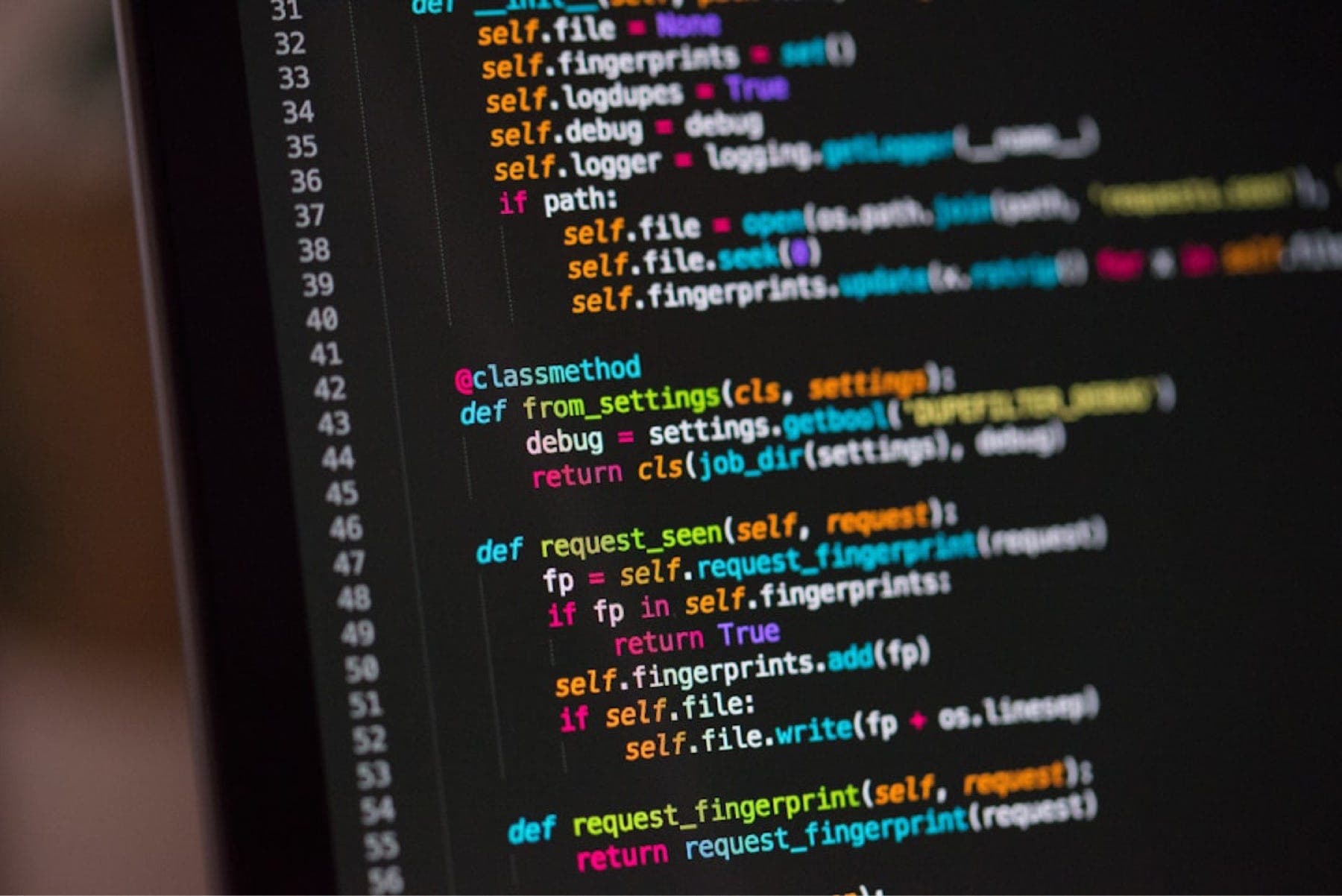
From Autocompletion to Agentic Reasoning: The Evolution of AI Code Assistants
Discover how AI code assistants have progressed from simple autocompletion tools to highly sophisticated systems capable of agentic reasoning. This article explores the innovations driving this transformation and what it means for developers and technical teams alike.

World Models: Machines That actually “Think”
Discover how advanced AI systems, often dubbed world models, are set to revolutionize the way machines interpret and interact with their environment. Dive deep into the underpinnings of machine cognition and explore practical applications.

You’re Using ChatGPT Wrong: Try This Underground Prompting Method Instead
Unlock the full potential of ChatGPT with innovative prompting techniques that elevate your conversations and outputs. Learn how to interact with AI like a pro by diving deep into unique and effective methods that go beyond typical usage. This post unveils the underground prompting strategies that can lead to richer, more contextual AI interactions.

Raed Abedalaziz Ramadan: Steering Saudi Investment Toward the Future with AI and Digital Currencies
In an era marked by rapid technological advancements, the intersection of artificial intelligence and digital currencies is reshaping global investment landscapes. Industry leaders like Raed Abedalaziz Ramadan are pioneering efforts to integrate these innovations within Saudi Arabia’s economic framework. This article delves into how AI and digital currencies are being leveraged to position Saudi investments for future success, providing insights, strategies and practical implications for stakeholders.
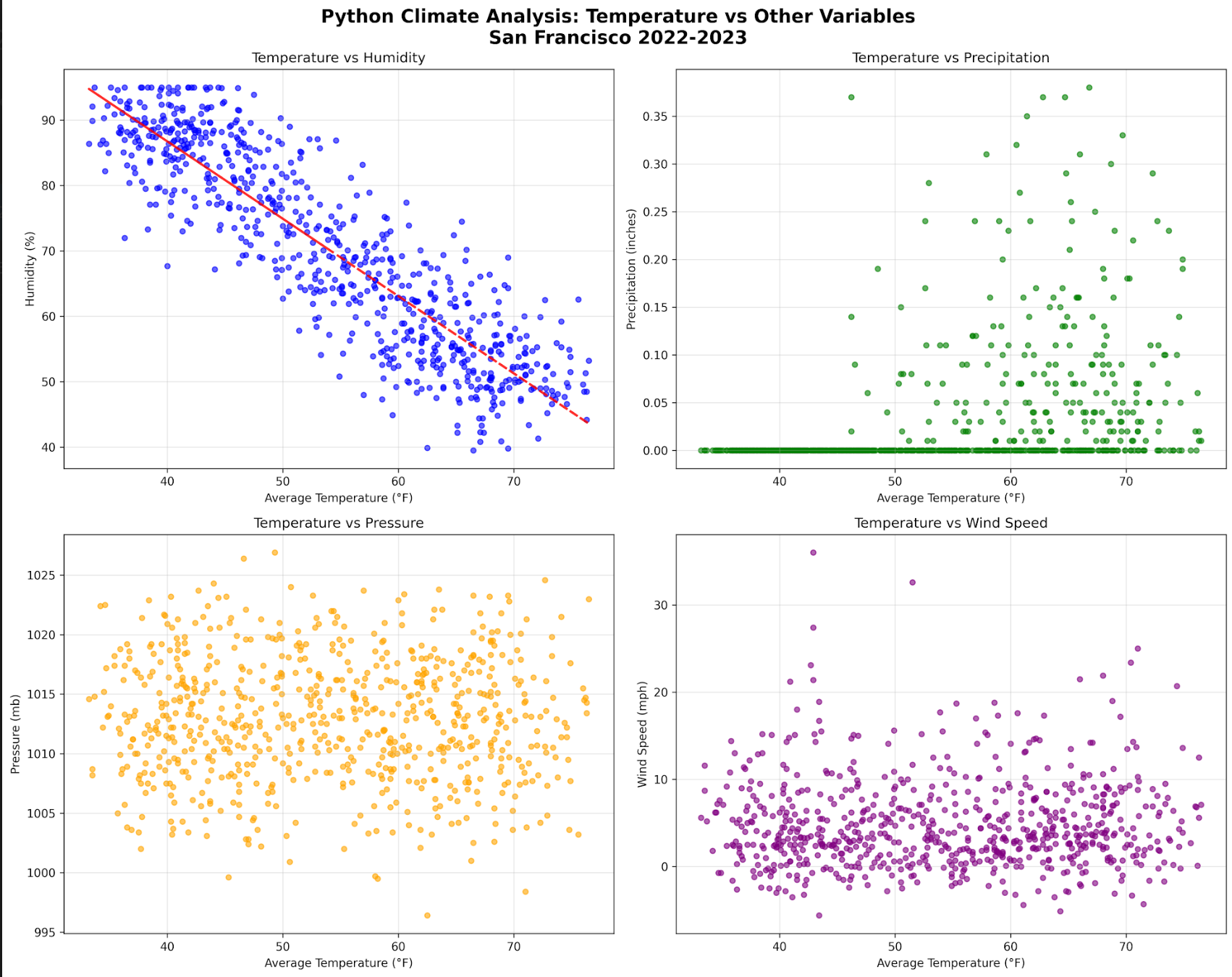
Python vs R vs SQL: Choosing Your Climate Data Stack
Delve into the intricacies of data analysis within climate science by exploring the comparative strengths of Python, R and SQL. This article will guide you through selecting the right tools for your climate data needs, ensuring efficient handling of complex datasets.
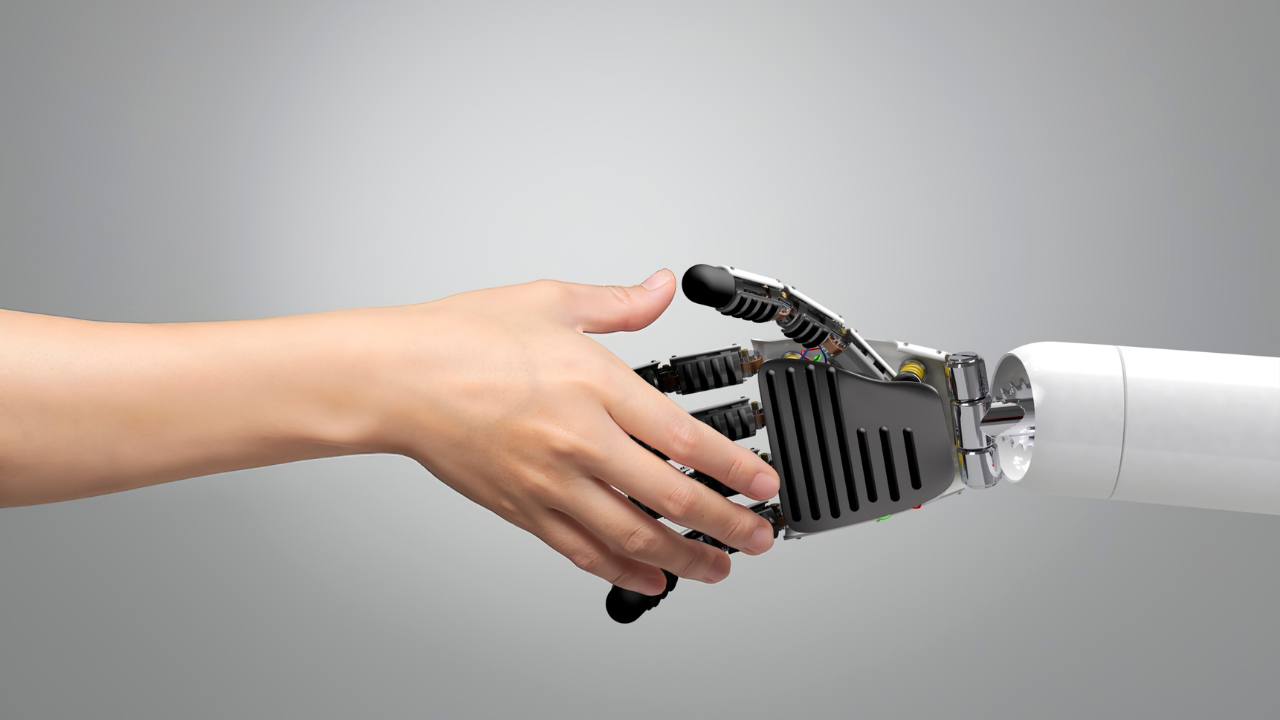
Why Most People Waste Their AI Prompts ? How to Fix It...
In the current landscape of AI technology, many users struggle with crafting effective prompts. This article explores common pitfalls and offers actionable strategies to unlock the true potential of AI tools like GPT-5.
Have a story to tell?
Join our community of writers and share your insights with the world.
Start Writing